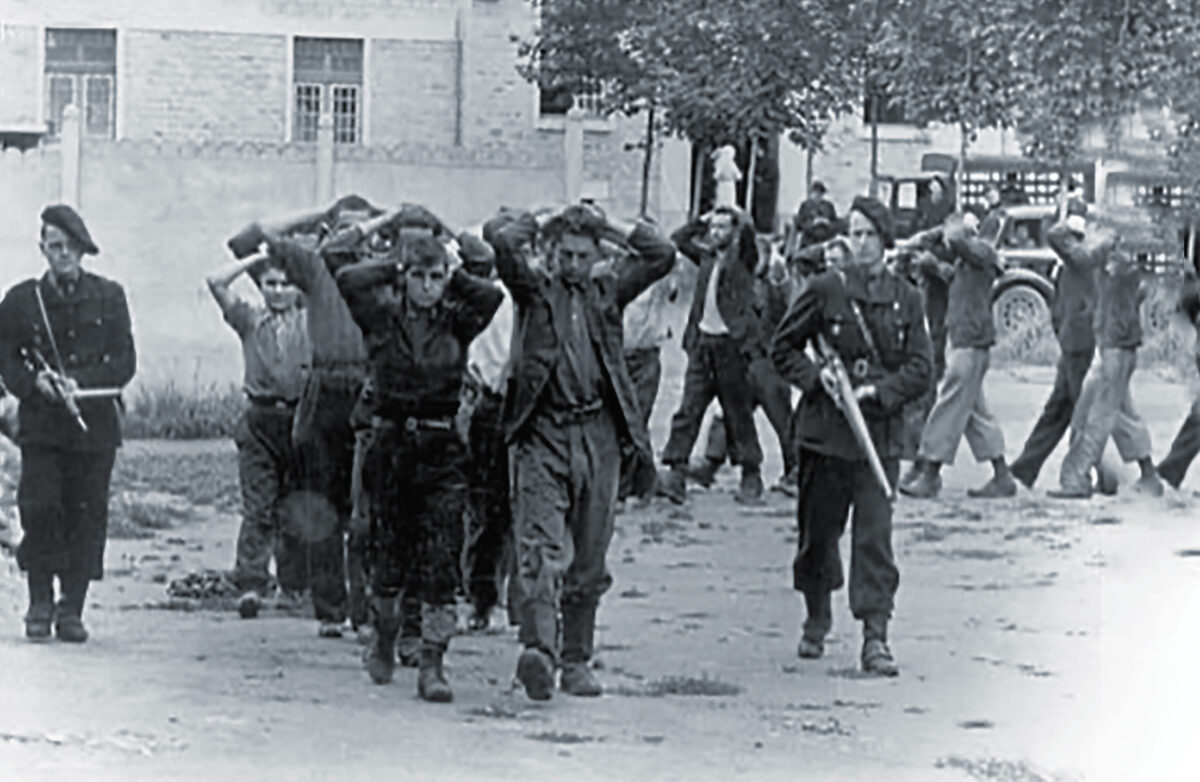Thousands of Frenchmen served the Vichy government as part of the paramilitary Milice, which earned a terrible reputation for brutality, torturing and killing many French citizens in the Resistance. After the country’s liberation, were there reprisals against these men? —Mark Peters, New York, N.Y.
Following the liberation there was what was called in France an “epuration,” or purge, of those who had worked for or collaborated with the Nazi occupiers. Some of these purges were unofficial, in other words people who had served in the Milice or otherwise collaborated were summarily executed, while women who had conducted relationships with Germans had their heads shaved and were ostracized from their communities.
In his 1997 seminal work, Occupation: The Ordeal of France, 1940-1944, British historian Ian Ousby says the most accurate number of such deaths was around 10,000. Most were members of the Milice, whose ranks were filled with young men of varying motivations: some were anti-Semites, others anti-capitalists or fascists. There was also a criminal element, along with a sizeable number who joined to avoid the STO (Compulsory Work Service) that sent French citizens to Germany to work in industries supporting the Nazi war effort.
In September 1944 a special court was established to judge collaborators; among those convicted and executed for treason was the Milice’s leader, Joseph Darnand. These trials lasted until 1949 and although thousands were sentenced to varying punishments, many Miliciens escaped justice. One of the last high-profile figures of the Milice to appear in the dock was Paul Touvier, who, after decades of hiding from the authorities for his role in the execution of seven Jewish hostages in 1944, was convicted in 1994 of crimes against humanity and sentenced to life imprisonment—but he died of cancer two years later.





